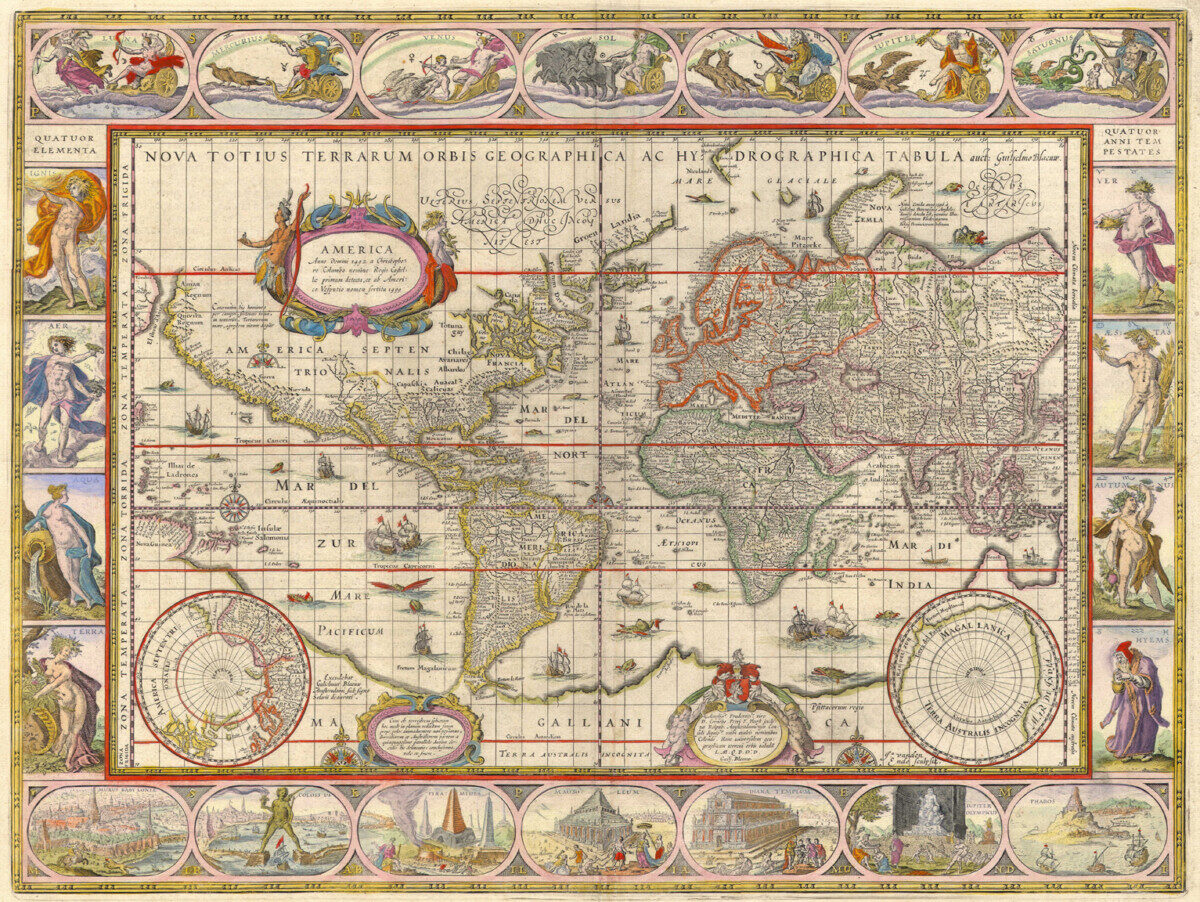Hannah Im | Discussion Post 1
Baroque art, as with other art movements, represents a shift away from established artistic conventions. While not the Renaissance’s antithesis, Baroque art takes on a more playful nature. Baroque art tells many of the same stories Renaissance art does, such as the deposition or the Virgin and child, but it does so through illusion, dramaticism, and the breaking of barriers. There is less focus on creating hyperrealistic human forms as art becomes more irregular and imperfect relative to Renaissance art. Raphael’s Madonna of the Goldfinch and Rubens’s The Assumption of the Virgin, as mentioned in “Introduction to the Global Baroque” makes a strong case for how the two styles differ. The Assumption of the Virgin denotes the viewer as a subject of the painting because of the complex interactions between figures and expansion outwards towards the frame of the object’s space. Madonna of the Goldfinch denotes the viewer as just that: the viewer. Baroque art encourages viewers to interact with the pieces differently because of its use of illusion and disregard for hypernaturalism.

The term “digital humanities” is the newest way to interact with art. “Digital humanities” uses the abundance of technology in this world to organize art, recognize patterns, and aid art historians in articulating new findings based on said patterns. “Digital humanities” is built on various mediums and their ability to convey information in different ways, such as music, visual art, and literature. The use of technology allows historians to make human-driven connections and interesting discoveries, such as the Baroque period’s reach across geographical borders and languages.
